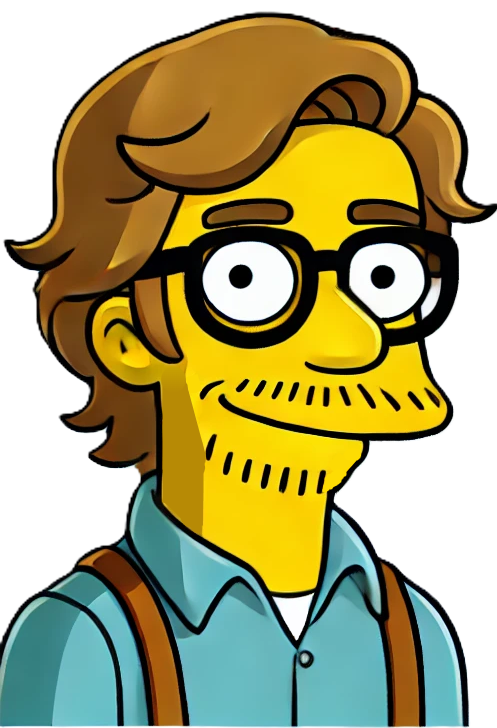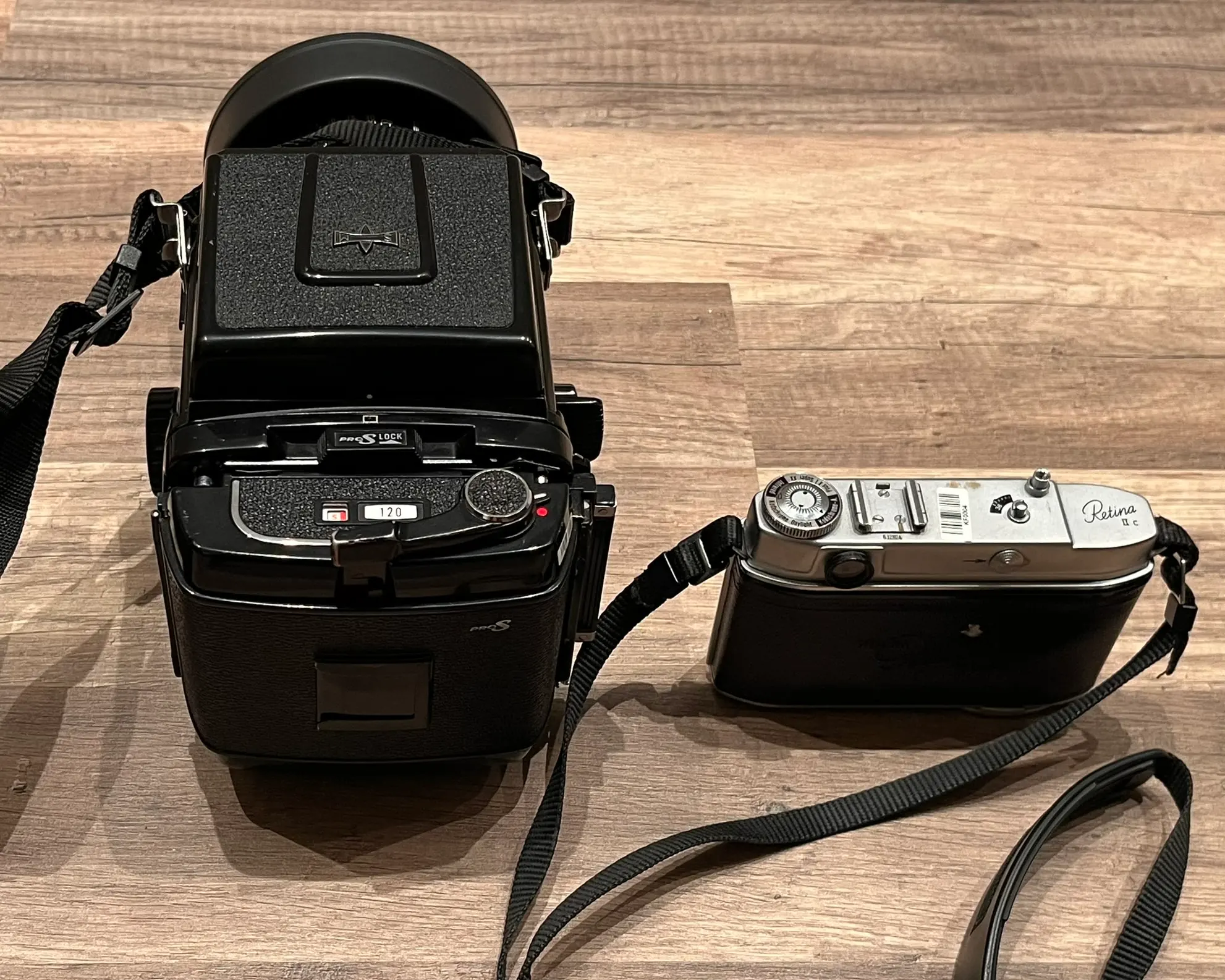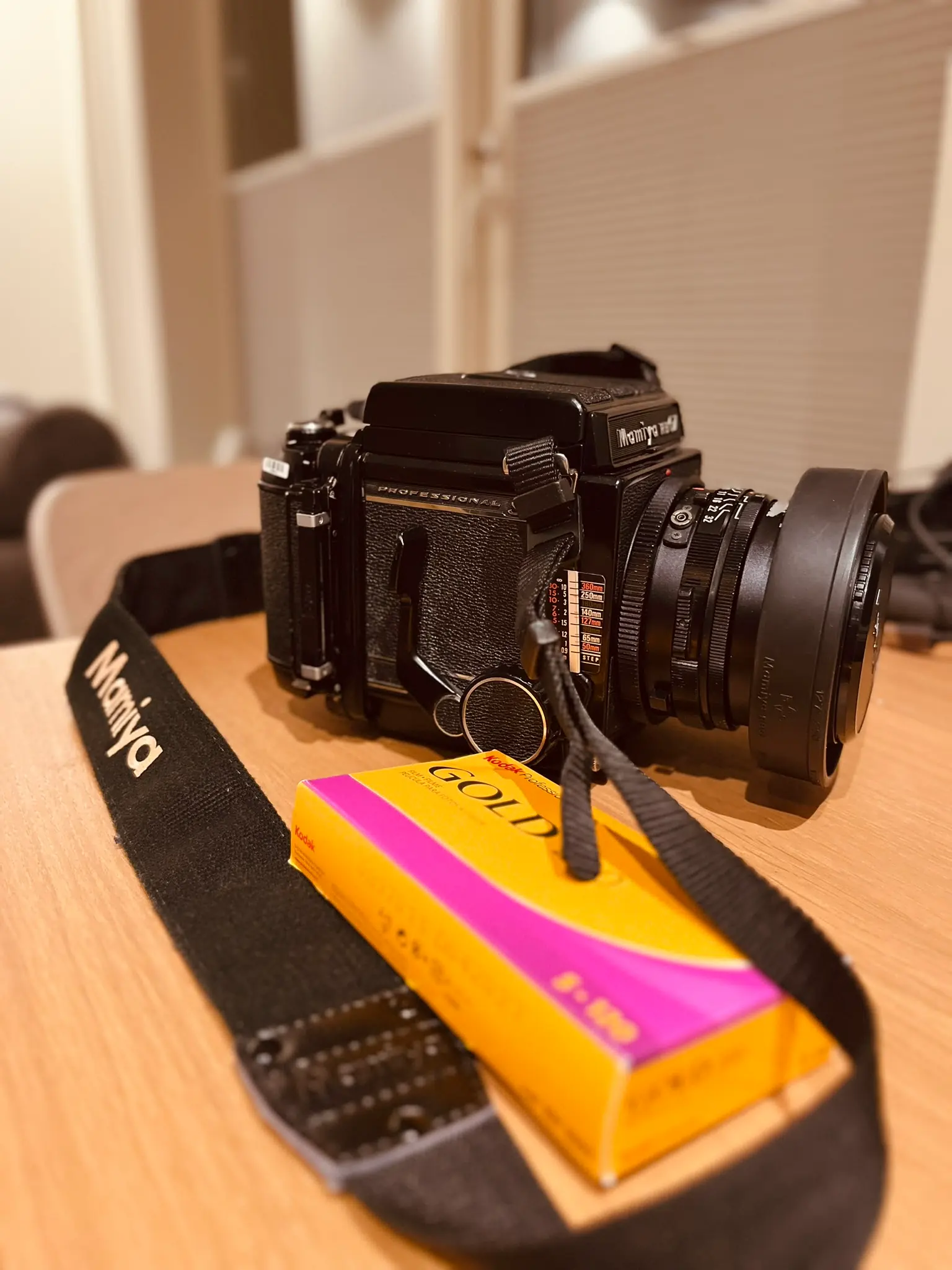
MAGNUS.TOWN
:
New camera! Mamiya RB67
03 March, 2025
I've been shooting analog photography for almost two years now, and it has truly become a passion. Lately, I’ve been wanting to take the next step, and finally, I decided to do it.
Why Medium Format?
Medium format is a big leap. Not just figuratively, but literally. In analog photography, it means working with a much larger negative compared to 35mm film. The number of images per roll isn’t as important to me as the size of the negative and the level of detail it captures.
Format Size Comparison
A 6×7 negative is about 4.5 times larger than a standard 35mm frame, providing significantly more room for detail.
Medium format cameras remain relevant today, just as they were 50 years ago. The larger negative offers higher image quality for prints, and while the cost per shot is higher, I’ve found that 36 exposures per roll can sometimes feel like too much anyway.
I’ve always loved the idea of fully mechanical cameras. They tend to last longer than electronic ones. After researching different options, I finally decided on the Mamiya RB67 Pro S, paired with a 6×7 film back and a Mamiya Sekor C 127mm f/3.8 lens.

Brief History of the Mamiya RB67
Introduced in 1970, the Mamiya RB67 quickly became a studio photography workhorse. The "RB" stands for "Rotating Back," which allows photographers to switch between portrait and landscape orientation without moving the camera. A revolutionary feature at the time.
With bellows focusing, full mechanical operation, and a modular system, the RB67 was widely used for commercial and portrait photography. Later, the RB67 Pro SD improved compatibility with 6×8 film backs, but I couldn’t find one in good condition, so I went with the Pro S instead.
Buying the Camera
I bought my RB67 from Kamerastore.com, my go-to place for used cameras. I found a "certified" model in near-mint condition, which is rare for a 50+ year-old camera designed for studio use. It had almost no scratches or marks. I couldn’t pass it up!
I opted for the Mamiya Sekor C 127mm f/3.8, which is roughly equivalent to a 63mm lens on full-frame (35mm) cameras, thanks to the 0.5x crop factor of 6×7 format.
I considered other lenses but ruled them out:
- The 180mm lens was too bulky.
- The 90mm lens felt too wide for my taste.
I also wanted the C version of the lens for its improved multi-coating, which reduces flare and enhances contrast. The 127mm Sekor C lens was only available with the camera and couldn’t be purchased separately. Along with the camera, I picked up a few accessories:
- A carrying strap – Rare due to its unusual mounting system.
- A lens hood – Helps control flare and improve contrast.
- Lens caps – A must-have for keeping dust and scratches away.
The Wait & First Impressions
The wait for shipping from Finland to Norway felt unbearable, but when it finally arrived, it was worth it.
Even if you're not into analog photography, you have to appreciate the sound of the RB67’s shutter. First, the mirror retracts, then the leaf shutter fires. This is a two-step mechanical process that makes for one of the most satisfying shutter sounds in photography.
Using the RB67
This camera is not something you casually carry around. Weighing 2598 grams with the current lens and accessories it’s not built for spontaneous shooting. With the pelicase it is close to four kgs. Because of its size, I plan to use it mainly for projects and pre-scouted locations, where I can take my time setting up. That’s part of the charm! Slowing down, composing carefully, and shooting with intent.
Film Selection
Kodak expanded its film lineup in 2022, adding Kodak Gold 200 in 120 format. This was great news for medium format shooters, as Kodak Gold has a warm, nostalgic look that I think will work beautifully in 6×7 format. I can't wait to try it!

Final Thoughts
I could talk about this camera for hours. In fact, I’ve already spent a few nights reading the manual haha.
If you’re interested in mechanical cameras, medium format photography, or the joy of slowing down and composing with intent, the Mamiya RB67 is an incredible tool.
First shots is available in the gallery section